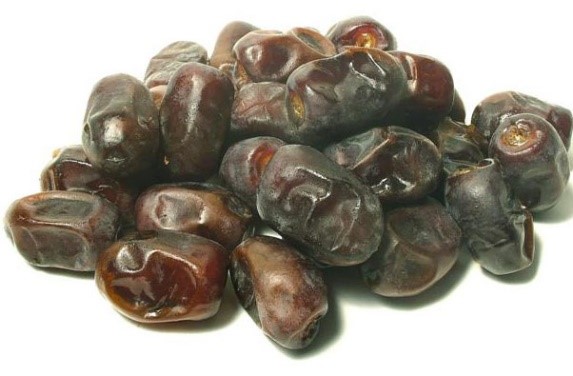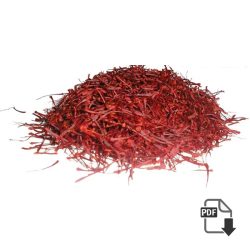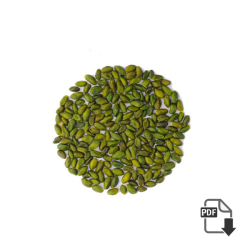Unlocking Global Opportunities
Introduction to Dried Apricots
Dried apricots are a delicious and nutritious snack enjoyed by people worldwide. Known for their vibrant color and sweet-tart flavor, these dried fruits are rich in vitamins, minerals, and antioxidants. As health trends shift toward natural and wholesome foods, the demand for dried apricots continues to rise, creating lucrative opportunities for exporters. This article explores the benefits of dried apricot exports and key strategies for success in this growing market.
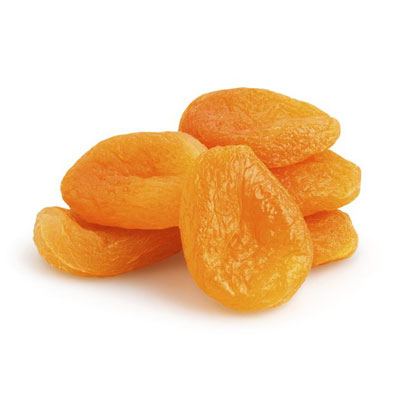
Why Export Dried Apricots?
The global market for dried fruits is expanding, and dried apricots are becoming increasingly popular for several reasons:
1. Nutritional Value
Dried apricots are a powerhouse of nutrition. They are low in calories but high in essential nutrients, including:
- Vitamins: Rich in vitamin A, vitamin C, and vitamin E, promoting skin health and boosting the immune system.
- Minerals: A good source of potassium, calcium, and iron, supporting heart health and bone strength.
- Antioxidants: Packed with antioxidants like beta-carotene and flavonoids that combat oxidative stress and inflammation.
These health benefits have led to a growing consumer preference for dried apricots as a nutritious snack and ingredient in various recipes.
2. Culinary Versatility
Dried apricots are incredibly versatile in the kitchen. They can be used in various dishes, such as:
- Snacks: Perfect for on-the-go snacking or as part of a trail mix.
- Baking: Ideal for muffins, cakes, and cookies, adding natural sweetness and moisture.
- Salads and Main Dishes: Great for adding flavor and texture to salads, tagines, and grain bowls.
Their adaptability makes dried apricots an appealing choice for consumers and chefs alike.
3. Growing Demand for Healthy Snacks
With the increasing focus on health and wellness, consumers are seeking convenient, nutritious snack options. Dried apricots fit perfectly into this trend, providing a satisfying and healthful alternative to processed snacks. Exporting dried apricots allows businesses to tap into this growing demand and cater to health-conscious consumers.
Key Requirements for Dried Apricot Exporting
1. Quality Standards and Certifications
To succeed in the dried apricot export business, adhering to international quality standards is crucial. Different markets have specific regulations regarding the quality, size, and packaging of dried fruits. Familiarize yourself with guidelines set by organizations such as the FDA or EU to ensure compliance.
Maintaining high quality is essential for building trust with buyers and ensuring repeat business. Obtaining certifications like HACCP (Hazard Analysis Critical Control Point) and organic certifications can enhance your product’s credibility.
2. Effective Packaging and Labeling
Proper packaging is vital for preserving the quality of dried apricots during transportation. Use airtight, moisture-resistant packaging to prevent spoilage and maintain freshness. Clear labeling is also essential, including:
- Product name (e.g., “Dried Apricots”)
- Country of origin
- Expiration date
- Nutritional information
- Certifications (e.g., organic, non-GMO)
3. Customs Documentation and Phytosanitary Certificates
Understanding customs regulations is critical when exporting dried apricots. Ensure you have all necessary documentation for a smooth export process, including:
- Commercial Invoice: Outlines the transaction details, including quantity and price.
- Phytosanitary Certificate: Verifies that the dried apricots are free from pests and diseases and comply with health standards.
- Certificate of Origin: Confirms the country where the apricots were grown and harvested.
- Packing List: Details the contents of the shipment for customs purposes.
Strategies for Successful Dried Apricot Exporting
1. Identify Target Markets
Conduct thorough market research to identify regions with high demand for dried apricots. Countries like the United States, Canada, and various European nations are significant markets due to their growing interest in healthy foods. Understanding consumer preferences and purchasing habits in these regions will help you tailor your offerings.
2. Build Relationships with Local Distributors
Establishing strong relationships with local distributors and wholesalers is crucial for expanding your reach in international markets. Attend trade shows, food expos, and industry events to network with potential buyers. Online platforms can also facilitate connections with interested importers.
3. Monitor Market Trends and Pricing
Stay informed about market trends and pricing fluctuations for dried apricots. Understanding seasonal variations and consumer preferences can help you optimize your pricing strategy and ensure competitiveness in the market.
other products
-
Whole dried apricot Special wholesale price + analysis + sale offer
This variety is very sweet with an orange color. Sulfur is added to whole dried apricots in order to maintain the natural color, prevent bug infestation, and increase preservation.
-
Dried lime Powder
Dried Lime: Producer area: Fars, Hormozgan How to store: Fresh dried lime is in mustard color and sour taste. Dried lime in big size and darker color is the one with high quality. It can be stored in dry place…
-
Dried Prune
Since time immemorial, dried plume has been reputed for its anti-conception properties. However its benefits have gone beyond this. Wishing to lose some weight, we highly recommend you to put dried plume to your diet, either in your food or…
-
Sargol Saffron | most economical saffron for import
Sargol Saffron | most economical saffron for import : sargol saffron consists only of Dark Red Stigma (thread) Tips. So. in other words all the white and orange parts are removed. This saffron is the second most expensive type of…


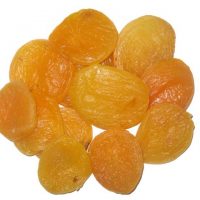
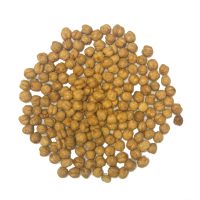

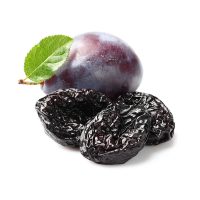
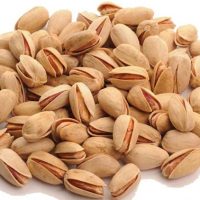
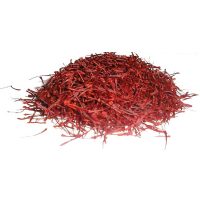
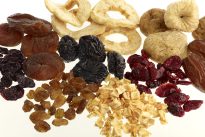

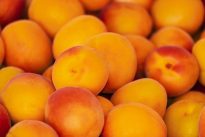
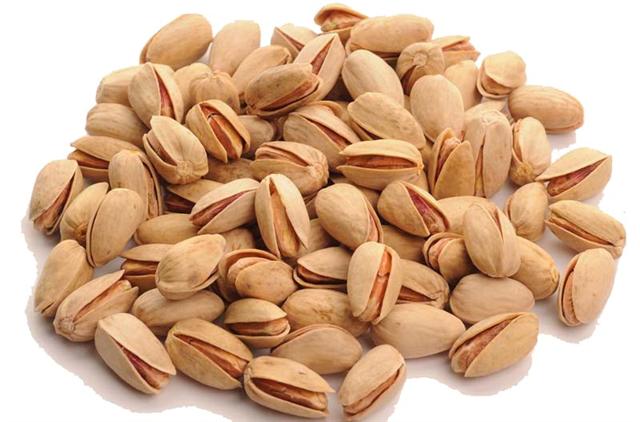
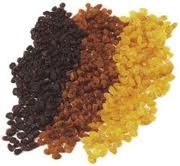 3 kind raisin
3 kind raisin 